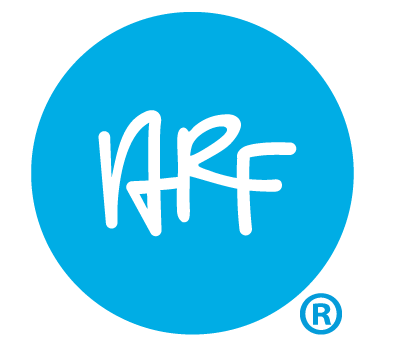LEARN ALL THE TIME ADVOCATES: Stepping Up As Champions!
As a dedicated LEARN ALL THE TIME ADVOCATE, you become an influential champion for over 400,000 youth in Central Texas and 5.4 million across the state of Texas. Your efforts ensure that the importance of high-quality afterschool activities and summer camps stays at the forefront of the agendas of our local and state decision-makers. By lending your voice, you play a vital role in ensuring that the viewpoints of kids and families in underserved communities are taken into account in the choices that steer us toward closing the 6,000 hour learning gap.
Priorities
We focus policy maker and public attention on the needs and gains of youth and their families when they’re out of school. Learning from the achievements and development of students participating in afterschool activities and summer camps, we promote data-driven solutions to guide policy development that improves: access, funding, and quality innovation.
Tools
-
Over the past 40 years, parents in high-income communities have increased spending on their kids’ enrichment tenfold compared to parents in low-income communities. The gap is biggest outside the classroom. By age 12, the learning gap can be as much as 6,000 hours.
-
The Questions
Knowing that the largest gap in resources between children from underserved communities vs their more affluent peers occurs outside of school hours, what are your views on access to afterschool and summer learning programs? What actions might you consider based on your views?
Science, Technology, Engineering and Math (STEM) learning has become a major focus in efforts to boost international competitiveness and prepare for the 21st century economy. What are your views on this issue and on the role out-of-school time can play?
The traditional school day and a variety of supplementary programs are available to support low-income student’s access to meals and academic enrichment during the school year. But this access decreases substantially over the summer and leads to a 2-3 month learning loss. How would you approach this from a policy perspective?
Given a growing epidemic of childhood obesity, what types of opportunities might help children be physically active in the hours outside the school day? Do you think these types of opportunities ought to be supported or encouraged, and if so, how?
Some research suggests low-income children face an “opportunity gap,” i.e., different resources available to children based on income, such as private tutoring, access to sports and arts, social connections etc. Do you see such a gap? If so, what would you do to reduce this gap?
-
Ongoing conversations with kids, parents, and network partners whose lives have been changed after school and during the summer.



